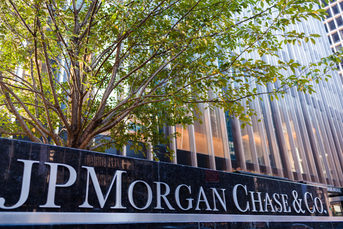HSA balances continue to grow along with usage

EBRI research reveals the benefits of matching contributions, the untapped power of investing balances, and the influence of age on usage.
A comprehensive study dissecting recent trends in the use of health savings accounts sheds fresh light on the dynamic between increasing spending on health care and the growth of HSA balances.
In its report, Health Savings Account Balances, Contributions, Distributions, and Other Vital Statistics, the Employee Benefit Research Institute found that HSA balances increased throughout 2022 – extending a post-Covid-19 growth pattern – in spite of rising health care expenditures.
Drawing on the institute’s database of more than 14 million HSAs, the report found a continuing trend of higher health care spending paired with rising average HSA end-of-year balances, with a notable acceleration in balances for accounts that receive contributions.
In one potentially telling insight, account holders benefiting from employer contributions not only made higher total contributions to their HSAs but also had a stronger tendency toward investing the assets in their HSAs. However, those accounts also experienced more frequent and larger withdrawals.
“Accounts that received an employer contribution saw higher total contributions and were more likely to invest,” EBRI noted, hinting at a potential strategy for employers to enhance employee engagement with HSAs.
Despite the overall positive trends in HSA contributions and balance growth. the report also found more than half of HSAs saw withdrawals in 2022, with the average distribution amounting to $1,868.
EBRI also found just 13% of account holders choose to invest their HSA funds in assets beyond cash, suggesting American workers are failing to use their HSAs to the fullest.
Age and tenure emerged as crucial factors influencing HSA utilization, with older account holders putting more in their HSAs and having higher balances on average. They also took distributions more frequently and were more likely to allocate part of their HSA into investments other than cash.
“Health savings account-eligible health plans are an important part of the health benefits landscape,” Jake Spiegel, a research associate at EBRI, said in a statement. “This analysis can help plan sponsors, providers and policymakers better understand strategies that can help improve utilization of HSAs and, ultimately, overall employee financial wellness.”
Why HSAs should be considered long-term investments
Learn more about reprints and licensing for this article.








